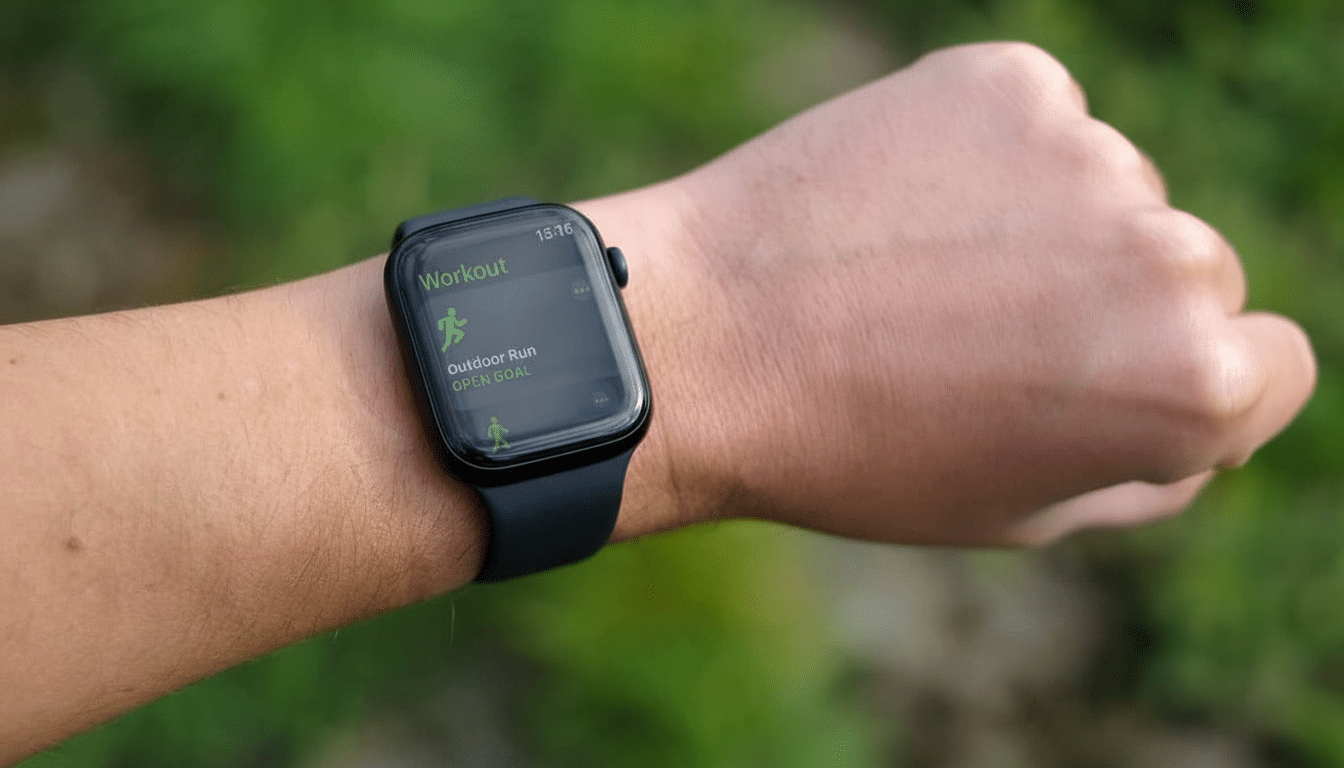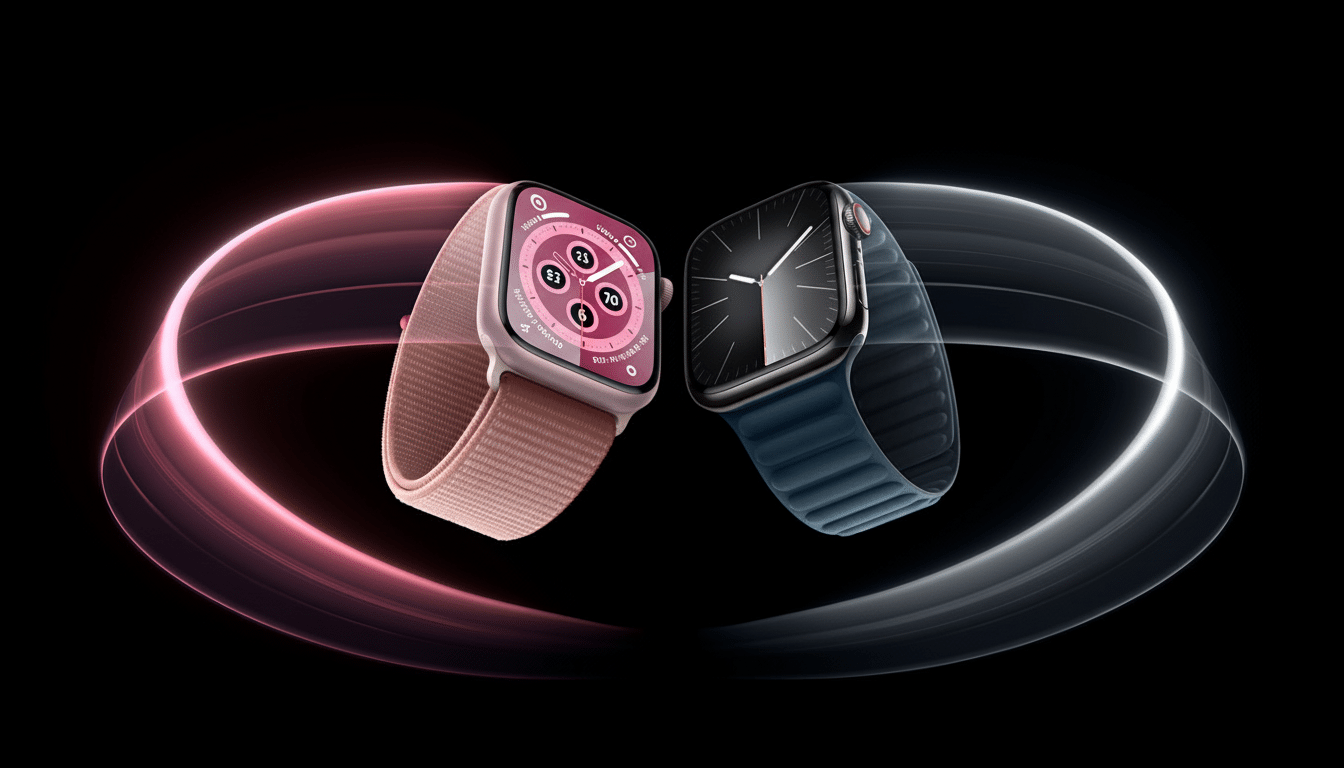Prime Big Deal Days are the few days when Apple, Google, Samsung, and Garmin sales overlap; put simply, this is the best time to get a smartwatch while paying less than full freight.
We’ve highlighted the standouts we’re seeing below, and we’re also offering quick guidance on which models to consider based on your needs—with an explanation for why certain “older” generations remain good bets.

Best Apple Watch Prime Day Deals and Top Picks
Apple Watch Series 10 at $279 (42mm) is the showstopper; that’s primarily because of that fat three-figure discount. What you do get, however, is modern slim design, the same 18-hour-rated battery life (using the included magnetic charging cradle) and fast charging that lasts for a couple of days after just an hour or so in the charger. This is the sweet spot if you use an iPhone and you’re in the market for the best mix of features and price.
An Apple Watch SE below the $169 mark is a smart purchase for first-timers, kids, or anyone who wants core fitness, fall detection, and iPhone integration without paying more for premium sensors. It’s not the marathon watch—think “everyday” health and notification tracking—but at this price, it’s a hard deal to criticize.
Why it matters: Apple’s software-focused strategy often means new health features trickle back to recent models. If you don’t require the absolute freshest battery bump or specialized sensor, last year’s device powering this year’s software can feel nearly the same in day-to-day activity.
Samsung And Google Watch Deals For Android
Samsung Galaxy Watch 8 (around $315): The Samsung Galaxy Watch 8 thin-bezeled design isn’t the deepest cut, but it’s a snappy Wear OS watch that offers tight Galaxy integration, zippy performance, and an all-day comfortable fit. For Android die-hards in need of an “everything” watch, this is the conventional choice.
Samsung Galaxy Watch 7 around $150 is the sleeper deal. You’re trading the very latest bells and whistles, but you get strong fitness tracking, rugged build quality, and reliable day-to-day battery life for next to nothing.
Google Pixel Watch 3 at around $180 is enticing for anyone who lives within the Google ecosystem. Look for deep Assistant and Gemini voice and on-wrist task integrations, Fitbit-derived health metrics, and a stripped-back design. Battery life, meanwhile, is aimed at a day per charge (fine if you are willing to top up in the shower or while sitting at your desk).

Reality check: If you are an Android user, it’s less about picking a watch than deciding based on which phone type—Samsung or any other device that runs Google’s operating system—works for you. Galaxy phones and Galaxy Watch play best together; Pixels and Pixel Watch behave fluidly together. Hybrid ecosystems do work, but you will frequently be left without the small conveniences.
Garmin and Fitbit Tracker Deals Worth Considering
Garmin Vivoactive landing under $230 is major long-lasting value: an AMOLED screen, up to 11 days of battery life in smartwatch mode, and training tools that focus on both recovery and readiness. For runners and multi-sport athletes who don’t want to charge every day, it’s an easy recommendation.
The Garmin Forerunner 55 at around $150 is still one of the best entry-level GPS running watches. You receive reliable GPS, wrist-based heart rate, suggested workouts, guidance similar to that of PacePro for pacing, cadence alerts, and recovery estimates—features to help new runners train smarter without overexerting their budgets.
Fitbit Inspire 3 for $80. If you don’t need a full smartwatch, the Inspire 3 ($80) is best in class at this price. It’s light, comfortable to wear, battery-friendly, and connects with the Fitbit app for stress, sleep, and activity trends. An extensive meta-analysis published in The Lancet Digital Health found that wearables can boost daily steps by around 1,800 on average—a testament to the motivational power of something as simple as a tracker.
Getting the Right Smartwatch Deal for Your Needs
- Pair the watch to your phone. Apple Watch requires an iPhone. The Pixel Watch and the Galaxy Watch are best with Android; they have extra perks when paired to their brand’s phones.
- Prioritize battery or features. Garmin watches are best on multi-day battery and training metrics. For apps, smart features, and tight phone integration, Apple, Samsung, and Google are the winners—but they often need to be charged daily.
- Check sensors and safety. ECG, fall, crash, and irregular rhythm notifications can be useful. These are consumer wearables, not medical devices; see a doctor for diagnosis. The Apple Heart Study at Stanford Medicine found that notifications of an irregular rhythm were highly specific when the watch data was compared with a medical-grade patch; it proved beneficial but also important for follow-up.
- Mind the extras. LTE is more expensive and drains battery quicker; the GPS-only models are less costly and work fine for tracking with your phone. Bands and chargers can add up—keep an eye out for bundle credits or use a coupon at checkout.
Do These Smartwatch Offers Truly Hold Strong Value
Definitely—Apple 10 watch for about $279, Galaxy Watch 7 for around $150, Pixel Watch 3 for about $180, or Garmin Vivoactive for near $230. You really took a hit on the price-performance curve with those. Prices can fluctuate rapidly throughout the event, and if you find your desired color and size at these levels, you shouldn’t risk waiting for a better price.
Bottom line: If you want a robust app experience and excellent iPhone alignment, go for the Series 10. For Android, the Galaxy Watch 8 is the polished all-rounder and the value-packed choice is the Galaxy Watch 7. It’s also the most Google-forward, with Pixel Watch 3 being the easiest of the three to imagine becoming a reality. Endurance athletes and heavy trainers should probably go straight to Garmin, while minimalist motivators may be satisfied with Fitbit’s budget-friendly Inspire 3.

